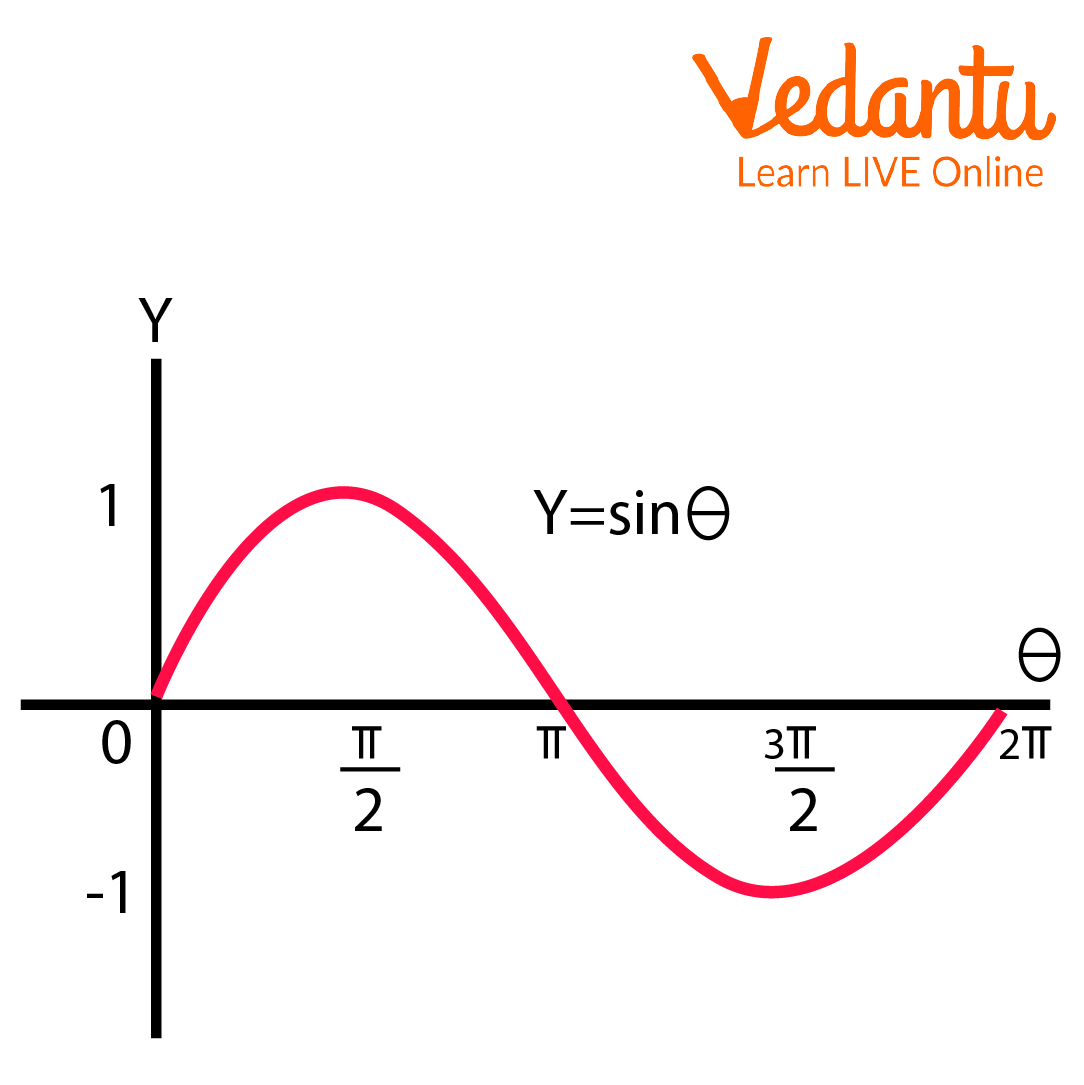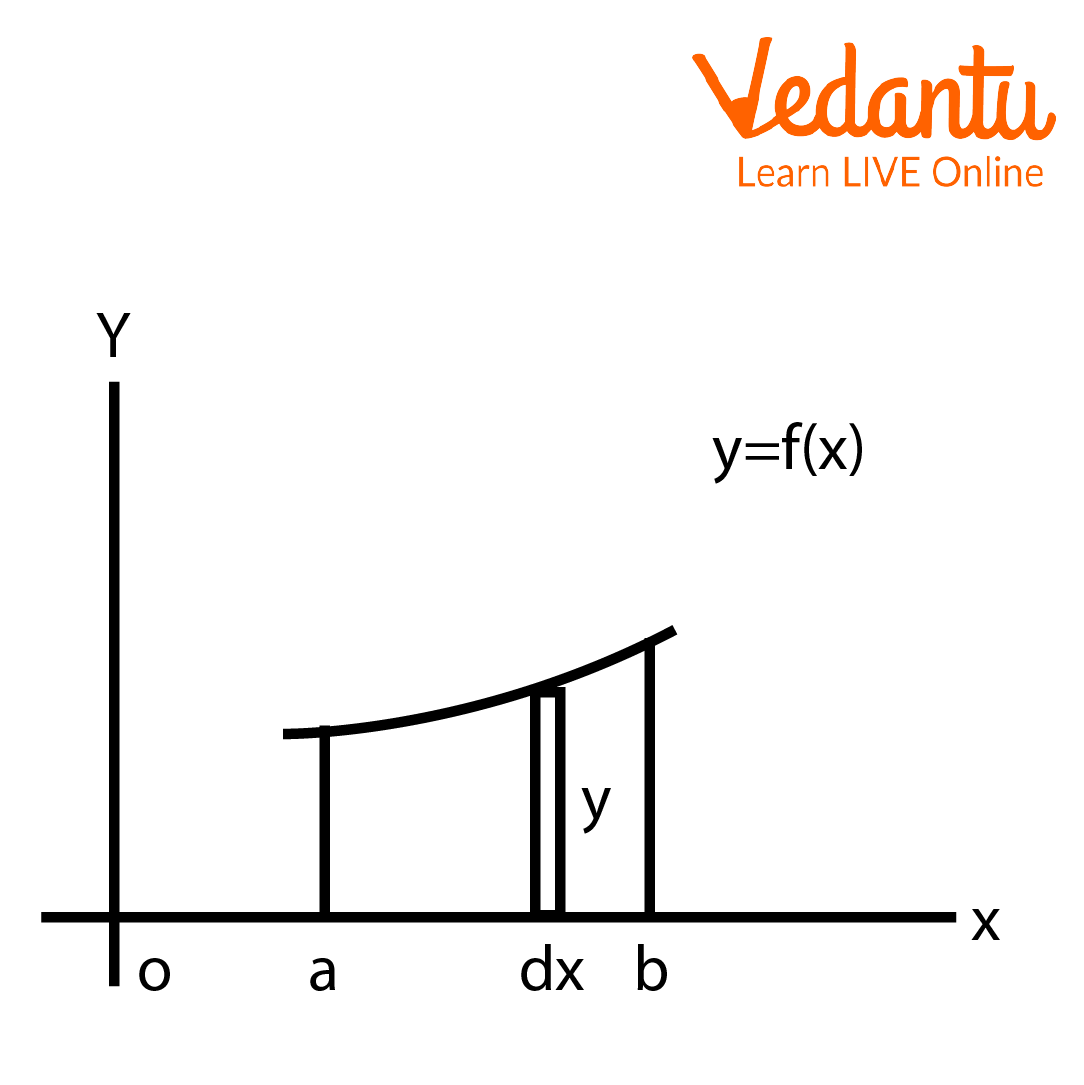




How the Reduction Theorem Simplifies Complex Math Problems
Reduction Theorem Formulas help us in reducing the tedious work of calculation, the lengthy integrations, and reduce our mathematical computational work. These formulas are used to compute the higher order integrations. In this article, we will discuss the formulas for various types of expressions.
Reduction Theorem/Reduction for Basic Exponential Expressions
$\int x^{n} \cdot e^{m x} \cdot d x=\dfrac{1}{m} \cdot x^{n} \cdot e^{m x}-\dfrac{n}{m} \int x^{n-1} \cdot e^{m x} \cdot d x$
Statement of Reduction Theorem/Reduction for Logarithmic Expressions
$\int \log ^{n} x \cdot d x=x \log ^{n} x-n \int \log ^{n-1} x \cdot d x$
$\int x^{n} \log ^{m} x \cdot d x=\dfrac{x^{n+1} \log ^{m} x}{n+1}-\dfrac{m}{n+1} \int x^{n} \log ^{m-1} x \cdot d x$
Reduction Theorem/Reduction for Trigonometric Functions
$\int \sin ^{n} x \cdot d x=-\dfrac{1}{n} \sin ^{n-1} x \cdot \cos x+\dfrac{n-1}{n} \int \sin ^{n-2} x \cdot d x$
$\int \cos ^{n} x \cdot d x=\dfrac{1}{n} \cos ^{n-1} x \cdot \sin x+\dfrac{n-1}{n} \int \cos ^{n-2} x \cdot d x$
$\int \sin ^{n} x \cdot \cos ^{m} x \cdot d x=\dfrac{\sin ^{n+1} x \cdot \cos ^{m-1} x}{n+m}+\dfrac{m-1}{n+m} \int \sin ^{n} x \cdot \cos ^{m-2} x \cdot d x$
- $\int \tan ^{n} x \cdot d x=\dfrac{1}{n-1} \cdot \tan ^{n-1} x-\int \tan ^{n-2} x \cdot d x$
Statement of Reduction Theorem/Reduction for Algebraic Expressions
$\int \dfrac{x^{n}}{a x^{n}+b} \cdot d x=\dfrac{x}{a}-\dfrac{b}{a} \int \dfrac{1}{a x^{n}+b} \cdot d x$

Sin function
Properties of Reduction
Reduction Formulas are used to evaluate higher order integrals that cannot be evaluated otherwise.
Reductions Formulas are applicable across a wide range of variables such as exponential, logarithmic, algebraic, trigonometric, etc.

Area Under the Curve
Solved Examples
1. Find the integral of \[\sin ^{5 x}\].
Ans:
Apply reduction formula:
$\Rightarrow-\dfrac{1}{5} \cdot \sin ^{4} x \cdot \cos x+\dfrac{4}{5} \int \sin ^{3} x \cdot d x \\$
$\Rightarrow-\dfrac{1}{5} \cdot \sin ^{4} x \cdot \cos x+\dfrac{4}{5}\left(\int \dfrac{(3 \sin x-\sin 3 x)}{4} \cdot d x\right) \\$
$\Rightarrow-\dfrac{1}{5} \cdot \sin ^{4} x \cdot \cos x+\dfrac{1}{5}\left(3 \int \sin x \cdot d x-\int \sin 3 x \cdot d x\right) \\$
$\Rightarrow-\dfrac{1}{5} \sin ^{4} x \cdot \cos x+\dfrac{1}{5}\left(-3 \cos x+\dfrac{\cos 3 x}{3}\right) \\$
$\Rightarrow-\dfrac{1}{5} \cdot \sin ^{4} x \cdot \cos x-\dfrac{3 \cos x}{5}+\dfrac{\cos 3 x}{15}$
Therefore, we have
$\Rightarrow \int \sin ^{5} x \cdot d x=-\dfrac{1}{5} \cdot \sin ^{4} x \cdot \cos x-\dfrac{3 \cos x}{5}+\dfrac{\cos 3 x}{15}$
2. Evaluate the integral of $x^{3} \log ^{2} x$.
Ans:
Applying the reduction formula:
$\int x^{n} \log ^{m} x \cdot d x=\dfrac{x^{n+1} \log ^{m} x}{n+1}-\dfrac{m}{n+1} \int x^{n} \log ^{m-1} x . \\$
$\int x^{3} \log ^{2} x \cdot d x=\dfrac{x^{4} \log ^{2} x}{4}-\dfrac{2}{4} \int x^{3} \log x \cdot d x \\$
$\Rightarrow \dfrac{x^{4} \log ^{2} x}{4}-\dfrac{1}{2}\left(\dfrac{x^{4} \log x}{4}-\dfrac{1}{4} \cdot \int x^{3} \cdot d x\right) \\$
$\Rightarrow \dfrac{x^{4} \log ^{2} x}{4}-\dfrac{x^{4} \log x}{8}+\dfrac{x^{4}}{32}+C$
Therefore, we have
$\Rightarrow \int x^{3} \log ^{2} x \cdot d x=\dfrac{x^{4} \log ^{2} x}{4}-\dfrac{x^{4} \log x}{8}+\dfrac{x^{4}}{32}+C$
3. Evaluate $\int_{0}^{2 a} x^{2} \sqrt{2 a x-x^{2}} d x$.
Ans:
So, $d x=-4 a \cos \theta \sin \theta d \theta$.
At $x=0,2 \operatorname{acos}^{2} \theta=0$ and so $\theta=\dfrac{\pi}{2}$.
When $x=2 a, 2 a \cos ^{2} \theta=2 a$ and so $\theta=0$.
Hence, we have
$\Rightarrow I=\int_{0}^{2 a} x^{2} \sqrt{2 a x-x^{2}} d x$
$\Rightarrow \int_{\dfrac{\pi}{2}}^{0} 4 a^{2} \cos ^{2} \theta \sqrt{4 a^{2} \cos ^{2} \theta-4 a^{2} \cos ^{4} \theta}(-4 a \cos \theta \sin \theta) d \theta$
$\Rightarrow \int_{0}^{\dfrac{\pi}{2}} 4 a^{2} \cos ^{2} \theta 2 a \cos \theta \sin \theta(4 a \cos \theta \sin \theta) d \theta$
$\Rightarrow 32 a^{4} \int_{0}^{\dfrac{\pi}{2}} \cos ^{4} \theta \sin ^{2} \theta d \theta$
$\Rightarrow 32 a^{4} \times \dfrac{1}{6} \times \dfrac{3}{4} \times \dfrac{1}{2} \times \dfrac{\pi}{2}$
$\Rightarrow \pi a^{4}$
Conclusion
In the article, we have discussed the detailed proof of Reduction Formulas and their applications. They are very helpful and reduce our computational work. So, reduction formulas are very important and can be derived using simple integration formulas; however, the proof is not important for us, so we need to remember all the formulas used to compute higher-order integrals.
Important Points to Remember
All the Reduction Formulas are important and are to be remembered.
FAQs on Reduction Theorem Explained: Concepts, Steps & Uses
1. What is the Reduction Theorem in calculus?
In calculus, the Reduction Theorem refers to the technique of using reduction formulas to simplify complex integrals. This method works by expressing an integral involving a function raised to a power 'n' in terms of a similar integral with a lower power (like n-1 or n-2). Its main purpose is to break down a difficult integration problem into a sequence of simpler, more manageable steps.
2. What is the primary importance of using reduction formulas for integration?
The primary importance of reduction formulas is computational efficiency. They provide a systematic way to solve integrals of high powers that would otherwise require long and repetitive applications of integration by parts. For students, this means saving time in calculations and reducing the chances of making errors, especially when dealing with complex trigonometric, logarithmic, or exponential functions.
3. What are the key reduction formulas for trigonometric functions like sinⁿx and cosⁿx?
The most common reduction formulas for trigonometric functions, often used in the CBSE syllabus, are:
- For ∫sinⁿx dx: $-\frac{1}{n} \sin^{n-1}x \cos x + \frac{n-1}{n} \int \sin^{n-2}x dx$
- For ∫cosⁿx dx: $\frac{1}{n} \cos^{n-1}x \sin x + \frac{n-1}{n} \int \cos^{n-2}x dx$
4. Can you show a simple example of how a reduction formula simplifies an integral?
Certainly. To evaluate ∫cos³x dx, we use the reduction formula with n=3. The formula gives us $\frac{1}{3} \cos^2x \sin x + \frac{2}{3} \int \cos x dx$. Since we know that ∫cos x dx = sin x, the final answer is $\frac{1}{3} \cos^2x \sin x + \frac{2}{3} \sin x + C$. The formula directly reduced a cubic power to a simple, standard integral.
5. Besides trigonometric functions, what other types of functions have reduction formulas?
Reduction formulas are quite versatile and are not limited to trigonometry. They are also commonly derived and used for other types of functions, including:
- Logarithmic functions: such as for integrals of the form ∫(ln x)ⁿ dx.
- Exponential functions: for integrals like ∫xⁿeᵃˣ dx.
- Algebraic functions: for integrals involving expressions like ∫(x² + a²)ⁿ dx.
6. What is the fundamental principle used to derive most reduction formulas?
The fundamental principle behind deriving almost all reduction formulas is the method of integration by parts (∫u dv = uv - ∫v du). By strategically choosing the parts 'u' and 'dv' of the original integral, the integration by parts formula can be manipulated to create a recursive relationship. This relationship, which connects the integral of power 'n' to an integral of a lower power, is the reduction formula.
7. When is it better to use integration by parts directly instead of a memorised reduction formula?
It is often better to use integration by parts directly when dealing with low powers (e.g., n=2 or n=3), as the process can be just as quick as recalling and applying a specific formula. Reduction formulas show their true power for higher powers (n > 3) or when a general solution is needed. For exams like the CBSE boards, if you cannot recall the exact formula, knowing how to derive it with integration by parts is a crucial backup skill.
8. In the CBSE Class 12 Maths syllabus for 2025-26, which topics most commonly feature problems requiring reduction formulas?
Within the CBSE Class 12 Maths syllabus for 2025-26, reduction formulas are most relevant to the unit on Calculus. Specifically, they appear in chapters on Indefinite and Definite Integrals. They are particularly useful in the 'Application of Integrals' chapter for finding the area under curves defined by functions with high powers of sin(x) or cos(x).
9. How is the concept of recursion in computer science similar to reduction formulas in maths?
There is a strong conceptual similarity. A recursive algorithm in programming solves a problem by calling itself with a simpler or smaller version of the input until it reaches a base case. Similarly, a reduction formula 'solves' an integral by expressing it in terms of a simpler version of the same integral (with a lower power) until it reaches a basic, easily solvable integral (the 'base case'). Both techniques break a large problem down into smaller, self-similar sub-problems.








































